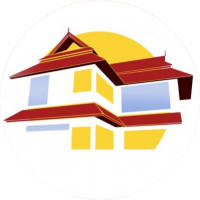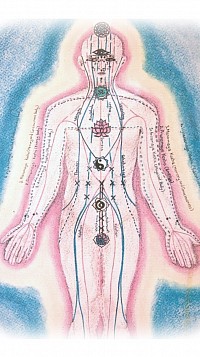Structure of our Primary Thai Massage Training
Daily Description of the Beginner’s Course
Day 1
General background
History and theory of traditional Thai massage (Nuad Boran); foot massage and loosening exercises; application of pressure points; ankle stretches.
Day 2
Feet & single leg stretches
Application of yoga based stretches on one leg at a time; blood stops to the legs (aiding in circulation and blood cleansing); practice.
Day 3
Double leg stretches
Simultaneous stretches on both legs, and practice of what has been learned.
Day 4
Stomach, Chest and Arms
Traditional Thai techniques for these parts of the body, including points on the abdomen and chest, and a blood stop to the arms; practice.
Day 5
Side Position
Working on the 3rd outside energy line of the legs; kidney toning stretches, and two types of spinal twist; practice.
Day 6
Back of Body, lying on stomach
Traditional techniques for the back; walking on the feet; pressure points along the two main energy lines of the back; more leg stretches and cobra stretch; practice.
Day 7
Sitting Position
Traditional techniques and stretches for the shoulders and neck, and another spinal twist; practice.
Day 8
Face and head
Traditional techniques for the face, including some basic therapeutic pressure points to treat various problems; practice.
Day 9
An opportunity to practice a whole massage under supervision
Following the massage the student will receive detailed feedback from the course teacher with advice, precautions, and recommendations for future practice.
Day 10
Theory day. Review of the 10 main energy lines (sen lines)
Their names, locations, and therapeutic qualities. Comparison of Thai massage with Chinese concepts of acupressure, shiatsu, and the philosophy of the Indian prana system. A sequence of techniques and therapeutic pressure points to treat and relieve headache,
knee pain, and lower back pain will be taught.


